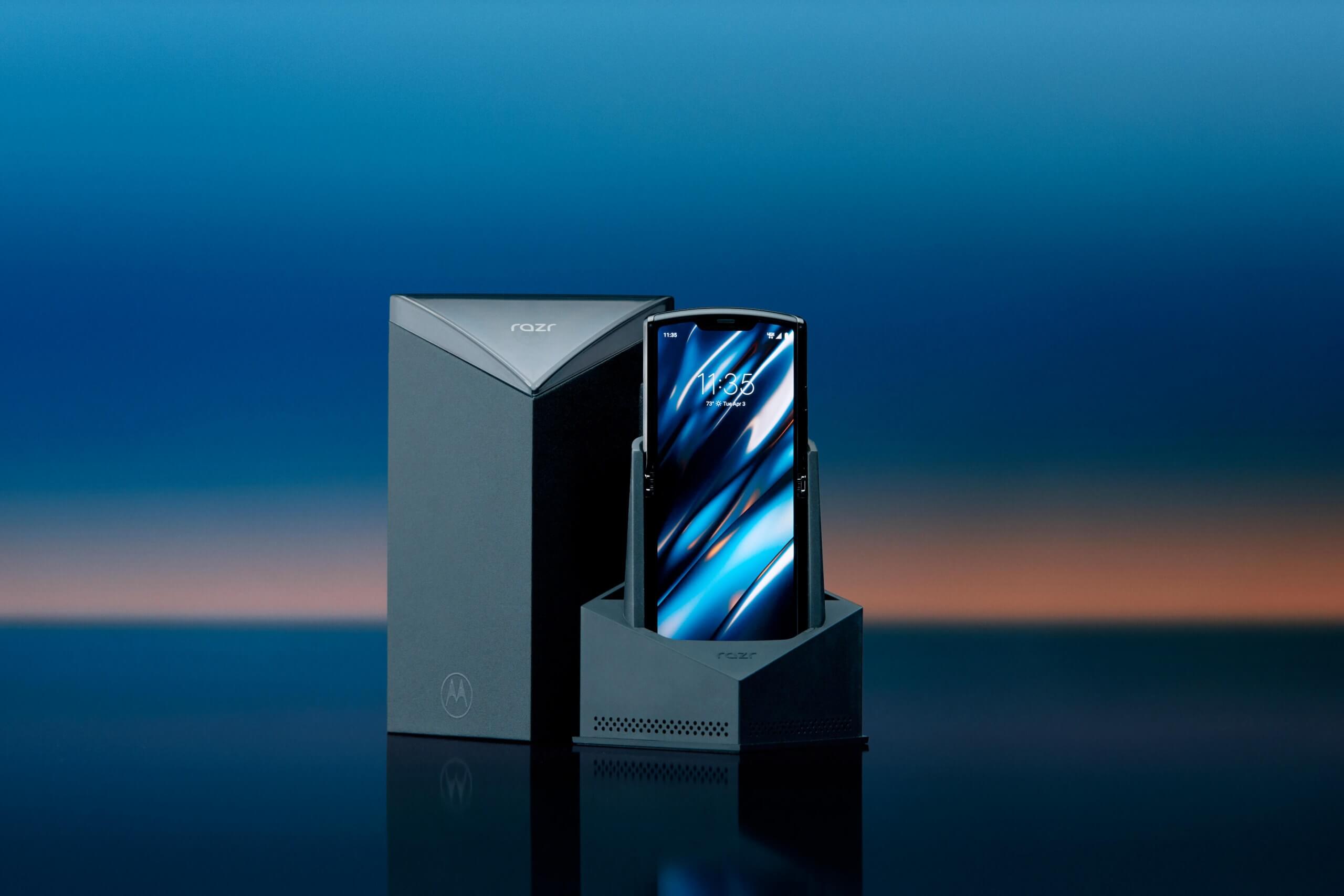In brief: If you are an early adopter, get your credit card ready. Motorola will finally start taking pre-orders for its Razr foldable smartphone in a few days. It's going to set you back about 1,500 bucks, but for some that is worth the compact design the phone offers.
Motorola officially unveiled its long-rumored and teased Razr reboot back in November. At the time, it had pre-orders slated to open on December 26 with the launch coming January 9. However, just days before pre-orders were to start, the company pulled the plug, saying that unexpectedly high demand was forcing it to delay the phone.
Today Motorola announced (via Verizon) that it would be ready to start taking pre-orders for the Razr in just a few days on January 26 in North America. It did not have any information on when customers in other regions could begin ordering. The new Razr will ship on February 6. Motorola, Verizon, and Walmart are the initial purchasing channels.
The Razr revamp brings back the clam-shell nostalgia of the 2004 V3 flip phone. It offers the features of a full-sized smartphone with a form factor that can easily slip into a shirt pocket. The compact design is desirable to many who have watched their phones grow bigger and bigger with each iteration. However, the device is not without its drawbacks.
Smartphones with foldable screens are a new market still in its infancy. Flexing displays have not yet had the time to prove themselves as durable and reliable. Samsung's Galaxy Fold and Huawei's Mate X have both only been on the scene for a matter of months --- far too short a time to judge the technology's longevity. Plus, it goes without mentioning the screen troubles the Fold had right out of the gate.
The other sticking point with the new Razr is its $1,500 MSRP. It is not that Motorola has priced it too high for a foldable. After all, the Mate X and Galaxy Fold retail for $2,400 and $2,000, respectively. As a new technology, the higher costs are understandable.The problem is that it puts the device into a niche market of early adopters, leaving it out of the mainstream. As much as consumers may desire to have a foldable smartphone, very few can justify shelling out $1,500 to $2,400 for one.
That said, the Razr's design might give it a slight edge over competitors. It comes down to one question: Do consumers want a foldable that offers them an ultra-compact form factor, or do they want one that gives them a fold-out tablet? We will see how Razr does in the coming months.
